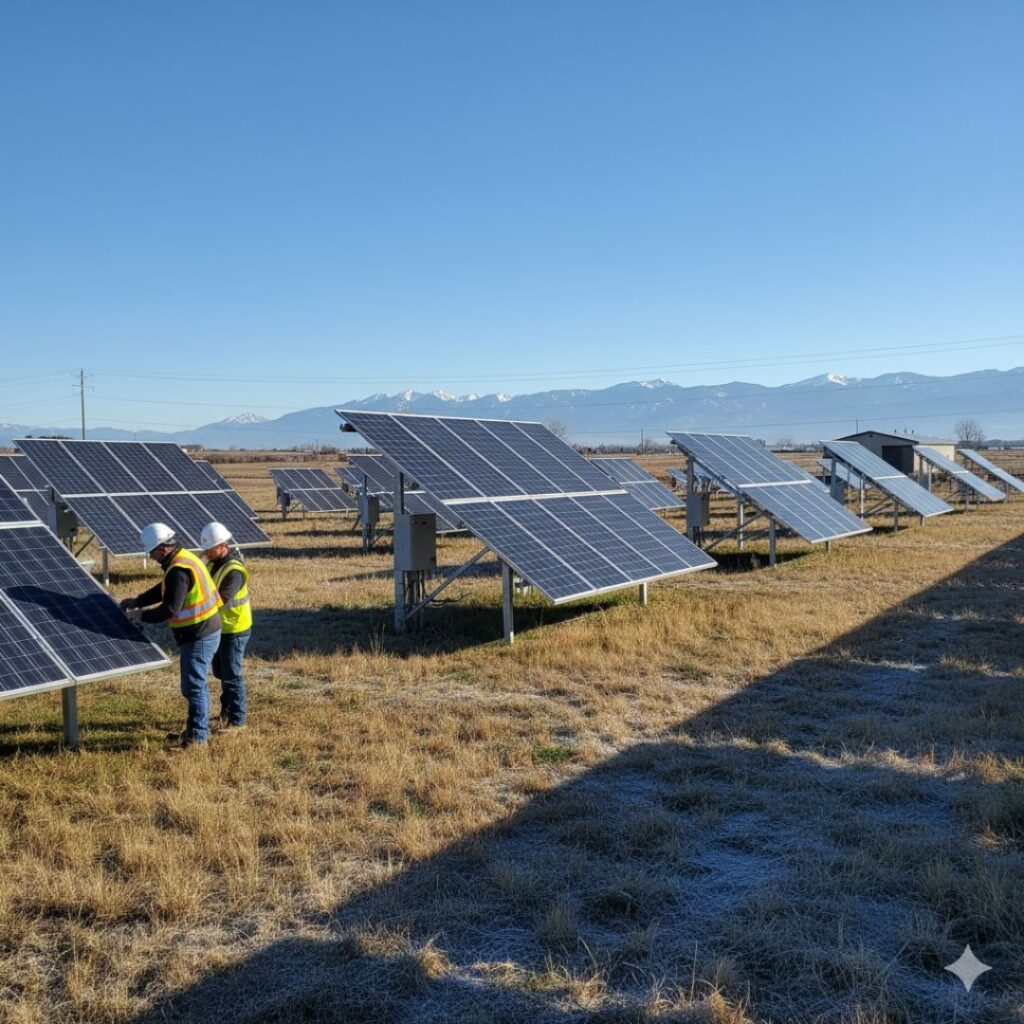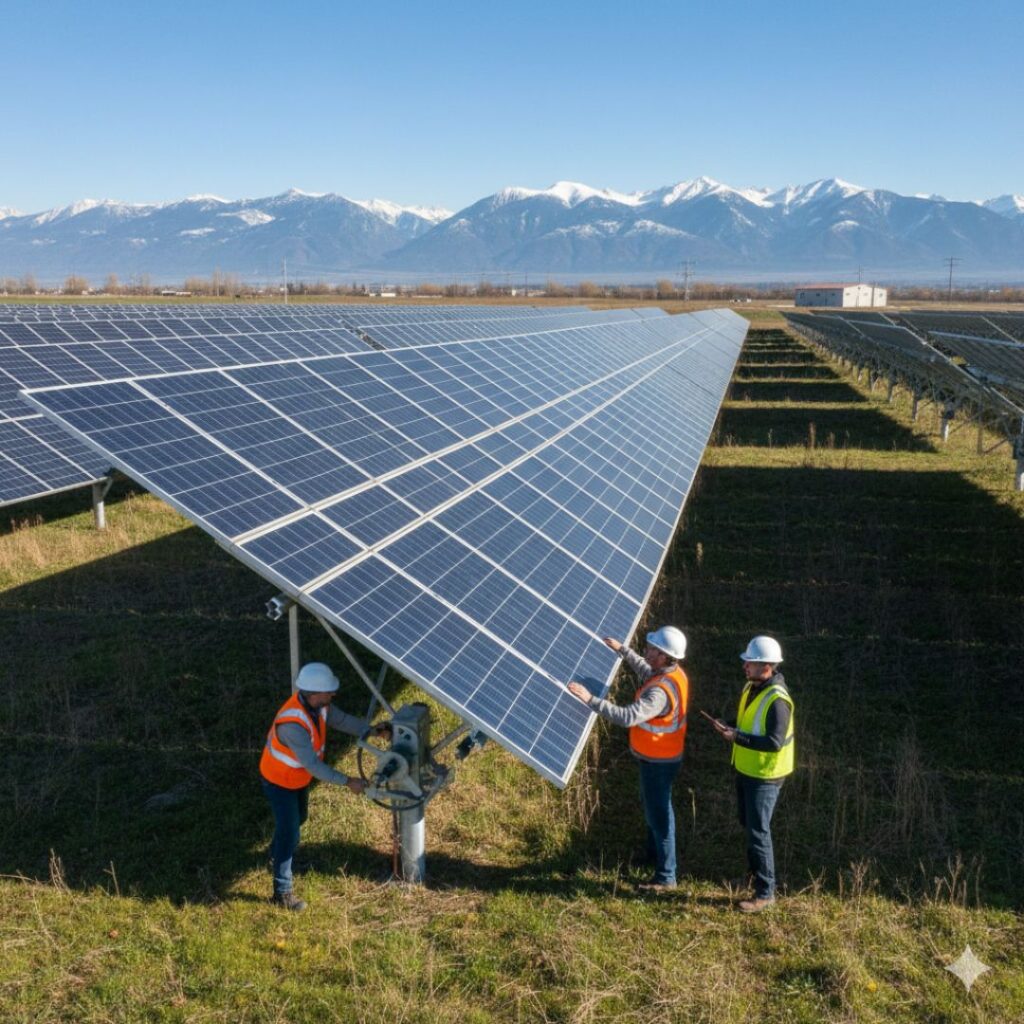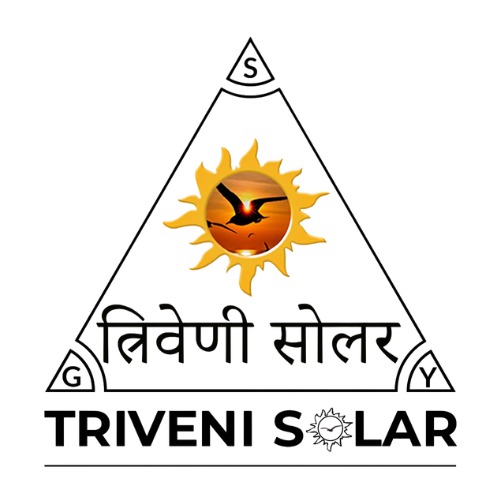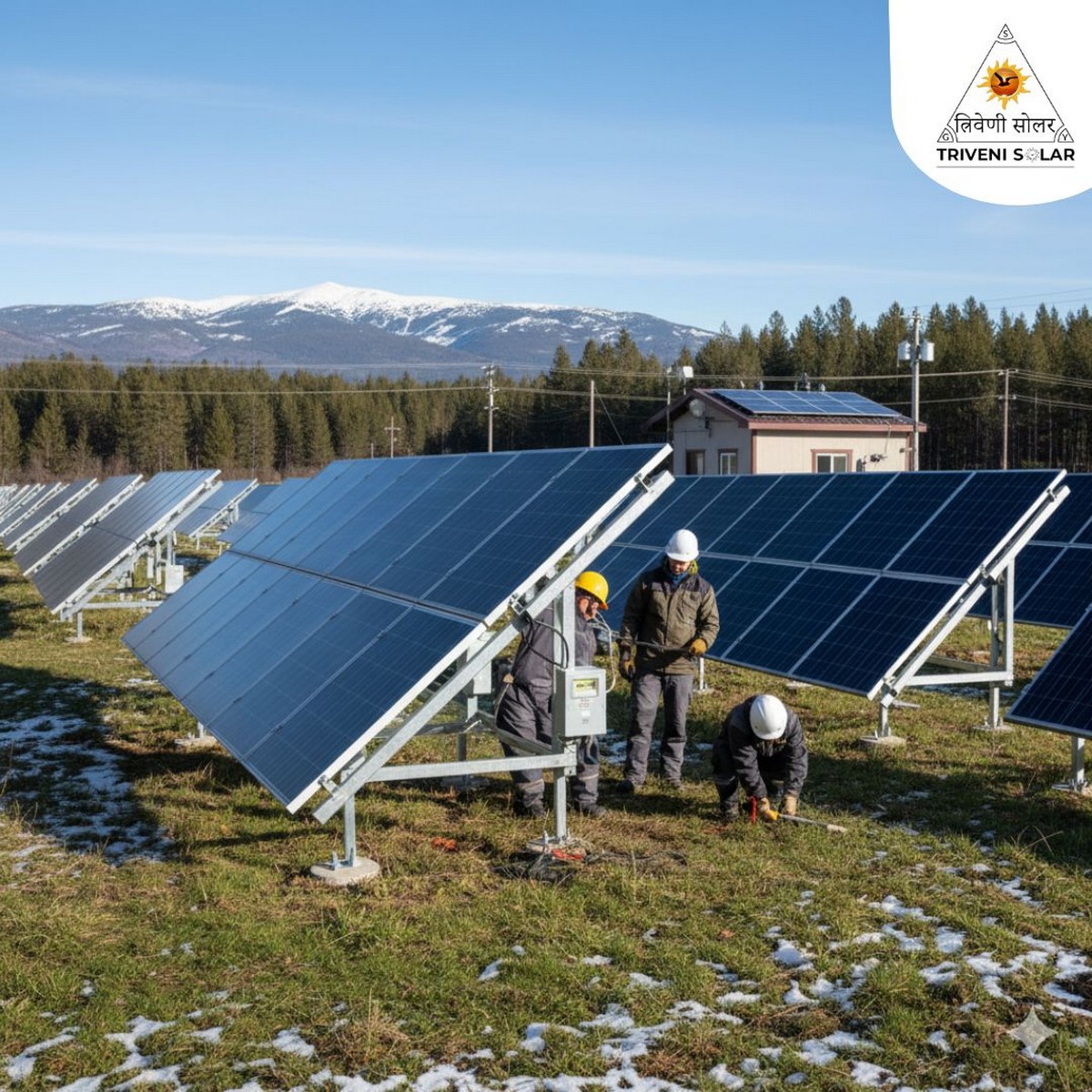Table of Contents
- Introduction
- Understanding Seasonal Tilt Structures
- Benefits Over Fixed Tilt Systems
- Seasonal Performance Metrics
- Material Quality & Durability
- Integration with Solar Trackers
- Cost-Benefit Analysis
- Installation & Maintenance Tips
- Case Studies & Real-World Applications
- Conclusion & Final Thoughts
- FAQs
Seasonal tilt structures allow solar panels to adjust angles according to seasonal sun movement, maximizing energy output and improving long-term efficiency compared to fixed systems.
Unlock Maximum Solar Efficiency with Seasonal Tilt Structures
Solar energy is rapidly becoming the backbone of sustainable power solutions. However, maximizing solar panel efficiency goes beyond simply installing panels—it involves positioning them to capture the sun’s energy optimally throughout the year. Seasonal tilt structures offer a powerful, flexible solution for adjusting panel angles according to seasonal sunlight changes, resulting in higher energy yield, improved ROI, and extended system lifespan.
Understanding Seasonal Tilt Structures
Seasonal tilt structures are specialized mounting frameworks that allow solar panels to be manually or mechanically adjusted at specific angles to align with the sun’s changing position across different seasons. Unlike fixed-tilt systems, which remain at a constant angle, seasonal tilt systems optimize sunlight absorption during winter and summer months.
- Purpose: To maximize solar energy capture year-round.
- Mechanism: Adjustable mounts allow angles to be changed typically 2–4 times a year.
- Difference from Fixed Systems: Fixed systems may underperform in low-sun months; seasonal tilt compensates for seasonal shifts.
Benefits Over Fixed Tilt Systems
Switching from fixed to seasonal tilt structures provides several tangible advantages:
- Higher Energy Yield: Studies indicate 5–10% additional energy generation annually.
- Flexibility: Adjust angles to optimize for low or high sun periods.
- Durability: Typically built with corrosion-resistant materials, enhancing lifespan.
- Cost-Effectiveness: Slightly higher initial investment is offset by long-term energy savings.
Seasonal Performance Metrics
Data-backed insights confirm the effectiveness of seasonal tilt structures:
| Season | Fixed Tilt Yield | Seasonal Tilt Yield | Improvement |
|---|---|---|---|
| Winter | 80% | 88% | +8% |
| Spring | 95% | 100% | +5% |
| Summer | 90% | 98% | +8% |
| Autumn | 85% | 93% | +8% |
Implementing seasonal tilt adjustments has shown up to an 8% increase in energy output compared to fixed installations, a significant boost over the lifespan of a solar plant.

Seasonal Tilt Structures Material Quality & Durability
High-quality materials are crucial for the longevity of seasonal tilt structures:
- Aluminum & Galvanized Steel: Resistant to corrosion, lightweight, and durable.
- UV-Protected Coatings: Reduce degradation from sun exposure.
- Stainless Hardware: Ensures smooth adjustment without rusting.
These materials guarantee consistent performance and minimal maintenance over 20–25 years.
Integration with Solar Trackers
Seasonal tilt structures can complement solar tracking systems for maximum efficiency. While trackers continuously adjust panels daily, seasonal tilt provides the macro-level seasonal alignment, ensuring the system performs optimally across all months.
- Hybrid systems can boost energy yield by up to 12–15% compared to fixed systems.
- Manual seasonal adjustments reduce mechanical complexity and maintenance compared to fully automatic trackers.
Cost-Benefit Analysis
Investing in seasonal tilt structures has long-term advantages:
| Type | Initial Cost | Annual Energy Gain | ROI (Years) |
|---|---|---|---|
| Fixed Tilt | ₹1,00,000 | Baseline | 6–7 |
| Seasonal Tilt | ₹1,20,000 | +8% | 4–5 |
Higher upfront investment pays off quickly with enhanced energy generation and reduced payback period.
Seasonal Tilt Structures Installation & Maintenance Tips
- Site Assessment: Ensure the structure location avoids shading and has solid foundation support.
- Angle Adjustment: Adjust 2–4 times annually based on solar path charts for your region.
- Regular Checks: Inspect bolts, joints, and rails annually for wear or rust.
- Cleaning: Panels should be cleaned regularly to maintain efficiency.
Case Studies & Real-World Applications
Multiple installations across India have benefited from seasonal tilt structures:
- Solar Farm in Rajasthan: 50 MW plant saw an 8% increase in energy output with seasonal adjustments.
- Industrial Rooftop in Gujarat: ROI reduced by 1–2 years compared to fixed systems.
- Residential Setup in Maharashtra: Manual seasonal tilt adjustments improved winter solar yield by 10%.

Conclusion & Final Thoughts
Seasonal tilt structures are a simple yet highly effective solution to boost solar energy output. By allowing panels to follow the sun’s seasonal path, they maximize yield, improve ROI, and ensure durability. Whether for commercial solar farms or residential installations, investing in seasonal tilt structures is a strategic choice for long-term efficiency.
Ready to maximize your solar efficiency? Contact SolarStructure today to explore our high-quality seasonal tilt solutions and expert installation services.
FAQs
- Q1: What is a seasonal tilt structure?
It is a solar mounting system that allows panels to adjust their tilt angles according to seasonal sun positions to optimize energy capture. - Q2: How often should I adjust the tilt?
Typically, 2–4 times per year based on seasonal sun movement charts in your region. - Q3: Is it more expensive than fixed systems?
The initial cost is slightly higher, but energy gains and faster ROI make it cost-effective in the long run. - Q4: Can it be used with solar trackers?
Yes, seasonal tilt structures can complement trackers for maximum energy efficiency. - Q5: What materials are used?
Aluminum, galvanized steel, and stainless steel are commonly used for durability and corrosion resistance.


